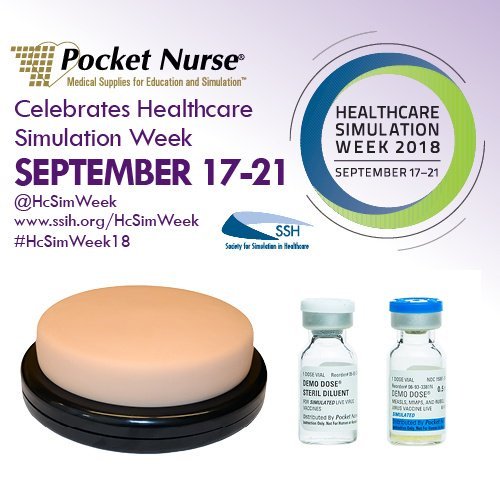
Simulation-based education has been defined as using standardized participants (SPs), High-Mid-Low fidelity simulators, and medical equipment to afford students an opportunity to be presented with a set of conditions and evaluate problems realistically. The student is required to respond to the problem(s) as he or she would in real life. The decisions students make are real, while the simulation is fictitious but realistic.
Simulation has been incorporated into education for healthcare professionals for over three decades now. Thoughtful practice of a skill through multiple repetitions and constructive feedback (debriefing) are key to developing expertise and ensuring the skill is being learned and mastered correctly. This applies to technical skills such as suturing wounds, dressing changes, Foley catheter insertions, IV insertions, and central line placement, as well as nontechnical but critical skills such as communication.
The education of a competent healthcare professional is a complex multidimensional process. As in any learning process, educational activities must address objectives in the cognitive, affective, and psychomotor domains. Simulation is but one teaching strategy and should be integrated into a well-developed health care professional education curriculum. Keeping in mind other objectives, simpler and more cost-effective instructional methods may be better for achieving the educational outcome. It is critical that educators understand the benefits and advantages of simulation-based education over other teaching strategies and implement such methods accordingly. Simulation is best implemented to reinforce a principle of learning or to practice a specific skill.
Advantages of Simulation in Education
Simulation-based education:
- Provides an opportunity to build on an existing knowledge base
- Addresses healthcare professional’s needs in a practical and relevant way
- Can be immediately applied in daily professional activities
- Permits repetitive practice of skills to a prescribed level of proficiency away from the patient in a safe, risk-free controlled environment
- Provides immediate application and gives the healthcare professional a chance to complete the task using reflection and knowledge of errors or complications experienced during the first practice session
- Permits a uniquely learner-centered educational experience rather than a patient-centered experience
- Should have clearly delineated performance expectations that are defined by an expert often using a scenario
- Can be objectively measured and used to provide very specific feedback
The debriefing step at the conclusion of a simulation activity is crucial to clarify and consolidate the insights and lessons learned from the experience. This requires educators skilled in the debriefing process to ensure a constructive review follows the simulated event or activity so that participants can explore, analyze, and synthesize their actions and thought processes, emotional states, and other information from the simulation activity to improve performance in clinical practice.
Healthcare Simulation Week is a time to celebrate contributions to the educational advancements of healthcare education and growth in the simulation community. The simulation community offers opportunities to learn from successful colleagues and peers striving to transform healthcare education to meet the needs of all learners and ultimately transfer what has been learned to the bedside to improve patient outcomes.
Allow Pocket Nurse to contribute to the advancement of the curriculum; we offer a vast amount of educational solutions. Visit us at www.pocketnurse.com for a complete listing of our products and educational solutions.
Anthony Battaglia is President and CEO of Pocket Nurse; Beth Telesz is Nurse Educator at Pocket Nurse.







